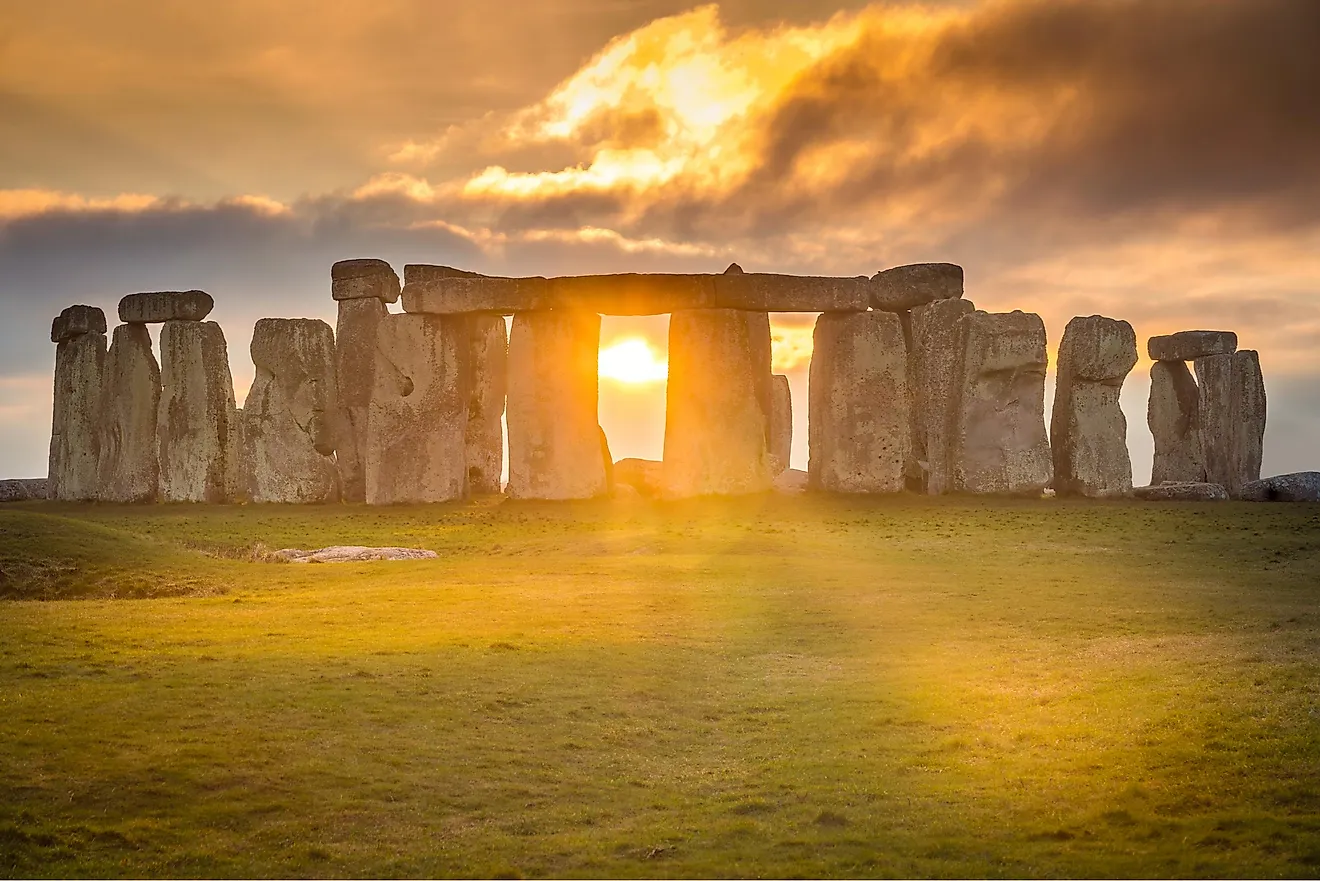The Bermuda Triangle and other fascinating myths and legends
The Bermuda Triangle is a mythical area in the western part of the North Atlantic Ocean where many aircraft and vessels are believed to have vanished without a trace. The notion of the area as unusually dangerous emerged in the mid-1900s.

Other fascinating myths and legends
-Loch Ness
 Loch Ness is a large, deep lake in the Scottish Highlands, famous for the alleged sightings of a cryptid creature known as the Loch Ness Monster, or Nessie. The legend of Nessie dates back to the 6th century, when a monk reported seeing a large beast in the water. The most iconic image of Nessie is a 1934 photograph that shows a long neck and head emerging from the lake, but it was later revealed to be a hoax. Despite the lack of conclusive evidence, many people still believe that Nessie exists and is a remnant of an ancient dinosaur or a giant eel.
Loch Ness is a large, deep lake in the Scottish Highlands, famous for the alleged sightings of a cryptid creature known as the Loch Ness Monster, or Nessie. The legend of Nessie dates back to the 6th century, when a monk reported seeing a large beast in the water. The most iconic image of Nessie is a 1934 photograph that shows a long neck and head emerging from the lake, but it was later revealed to be a hoax. Despite the lack of conclusive evidence, many people still believe that Nessie exists and is a remnant of an ancient dinosaur or a giant eel.
-Stonehenge
 Stonehenge is a prehistoric monument in Wiltshire, England, consisting of a ring of standing stones, some of which weigh up to 25 tons. The purpose and origin of Stonehenge are still unknown, but it is estimated to have been built between 3000 and 2000 BC. Some of the theories that have been suggested to explain Stonehenge include a ceremonial site, an astronomical observatory, a burial ground, or a healing center. Stonehenge is also associated with legends of King Arthur, who was said to have been buried there, and the druids, who were said to have performed rituals there.
Stonehenge is a prehistoric monument in Wiltshire, England, consisting of a ring of standing stones, some of which weigh up to 25 tons. The purpose and origin of Stonehenge are still unknown, but it is estimated to have been built between 3000 and 2000 BC. Some of the theories that have been suggested to explain Stonehenge include a ceremonial site, an astronomical observatory, a burial ground, or a healing center. Stonehenge is also associated with legends of King Arthur, who was said to have been buried there, and the druids, who were said to have performed rituals there.
-Easter Island
Easter Island is a remote island in the Pacific Ocean, belonging to Chile, that is famous for its hundreds of giant stone statues, called moai. The moai were carved by the Rapa Nui people, who settled on the island around 1200 AD, but their culture and civilization declined due to environmental degradation, overpopulation, and European contact. The mystery of how the moai were transported and erected, and what they represent, has fascinated researchers and visitors for decades. Some of the hypotheses that have been proposed include using ropes, logs, or aliens.
-Atlantis
Atlantis is a mythical island that was first mentioned by the ancient Greek philosopher Plato in his dialogues Timaeus and Critias. According to Plato, Atlantis was a powerful and advanced civilization that conquered many lands, but was eventually destroyed by a cataclysmic event, such as a flood, earthquake, or volcanic eruption. Plato’s account of Atlantis has inspired many interpretations and speculations, as well as attempts to locate the lost island. Some of the possible candidates for Atlantis include the Mediterranean, the Atlantic, the Caribbean, or Antarctica.
Conclusion
The Bermuda Triangle and other fascinating myths and legends are examples of how human curiosity and imagination can create stories and mysteries that challenge our understanding of the world. While some of these places may have natural or scientific explanations, others may remain unsolved and intriguing for generations to come.


































































